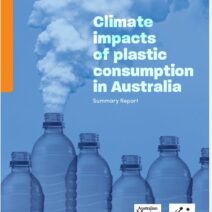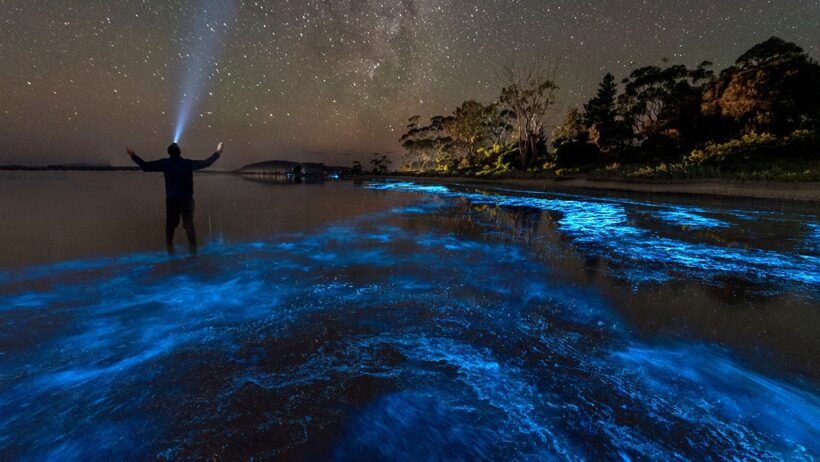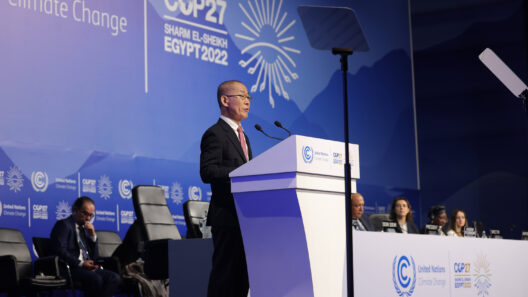The challenges posed by climate change loom large over society, prompting urgent inquiries into sustainable remedies. Among the unsung heroes in the battle against global warming are phytoplankton and plankton—tiny organisms that wield astonishing capabilities. This discourse aims to illuminate the critical role these microorganisms play in mitigating climate change, encouraging a reevaluation of their significance in oceanic ecosystems and global climate dynamics.
First, it is essential to grasp the sheer magnitude of plankton’s impact on the environment. Phytoplankton are microscopic photosynthetic organisms that inhabit the sunlit upper layers of the ocean. As the ocean’s primary producers, they convert sunlight into chemical energy through photosynthesis, yielding oxygen as a byproduct. This remarkable process contributes to more than 50% of the Earth’s oxygen supply, an astonishing statistic that underscores their importance not only to marine life but also to terrestrial organisms, including humans.
However, the role of phytoplankton transcends mere oxygen production. Their photosynthetic activities significantly influence the global carbon cycle. When phytoplankton absorb carbon dioxide (CO2) during photosynthesis, they effectively sequester carbon from the atmosphere. Upon their death, a portion of the carbon they sequester is transported to deeper ocean layers as they sink, forming what is known as the biological carbon pump. This process is pivotal, as it reduces the level of CO2 in the atmosphere—a greenhouse gas implicated in climate change.
In the contemporary context of anthropogenic climate change, enhancing phytoplankton growth has garnered attention as a potential strategy for carbon capture. Recent scientific explorations have raised the prospect of “supercharging” these tiny organisms to bolster their carbon absorption capabilities. Various methodologies have been proposed, spanning from fertilizing ocean waters with nutrients like iron to implementing geoengineering techniques that could stimulate phytoplankton blooms at scale. While ambitious, these strategies illuminate a pivotal shift in perspective—viewing the ocean not merely as a victim of climate change but as a potential ally in the fight against it.
However, the notion of ‘supercharging’ plankton must be approached with caution. Ecological balance hangs by a thread, and interfering with natural systems can lead to unintended consequences. Algal blooms—rapid increases in phytoplankton populations—can sometimes become detrimental. Certain species produce toxins that can devastate marine life and disrupt entire ecosystems. Consequently, further research and careful consideration are imperative to ensure that interventions enhance resilience without jeopardizing the intricate dynamics of ocean ecosystems.
Moreover, the health of phytoplankton populations is directly influenced by various environmental factors. Climate change, for instance, presents a double-edged sword; while rising temperatures can stimulate phytoplankton growth in some regions, other areas may experience detrimental effects such as ocean acidification and altered nutrient availability. These changes threaten the very foundation upon which marine food webs are built, with reverberations that echo through the entire oceanic ecosystem and, by extension, human societies dependent on these resources.
An often-overlooked aspect of phytoplankton dynamics is their connection to the phenomenon known as the “biosphere,” which encompasses the interconnected systems of land, water, and atmosphere. This intricate web suggests that enhancing the viability of phytoplankton is contingent upon maintaining robust terrestrial ecosystems as well. Reforestation and sustainable agricultural practices, for instance, can enrich nutrient flows to oceans, nurturing phytoplankton populations. This perspective emphasizes the necessity of collaborative actions across different environmental sectors to achieve climate mitigation goals effectively.
As scientific understanding of plankton grows, so does the potential for innovative technologies that harness these natural processes. Artificial intelligence and machine learning are beginning to be applied in marine research, providing insights into the factors that influence phytoplankton populations. By combining advanced technology with ecological knowledge, researchers are poised to develop strategies to monitor plankton health and optimize conditions for their growth, unlocking their potential as climate change mitigators.
Engagement from broader societal components is crucial. Policy makers, conservationists, and the general public must unite in supporting initiatives that promote the health of ocean ecosystems. Marine protected areas can facilitate the preservation of vital habitats for phytoplankton while also protecting other marine species. By advocating for such measures, citizens can play an essential role in safeguarding the natural attributes of the oceans and, by extension, enhancing the capabilities of phytoplankton.
Education and awareness campaigns can further bridge the gap between scientific advancements and public understanding. By cultivating a culture of stewardship toward the oceans, individuals can foster a sense of responsibility for the health of phytoplankton populations. This perspective shift—from that of seeing the ocean as a resource to viewing it as a vital ecosystem in need of protection—can galvanize collective efforts to combat climate change.
In conclusion, phytoplankton represent an extraordinary, yet underappreciated, ally in the fight against climate change. Their capacity to sequester carbon, produce oxygen, and interact within the wider biosphere places them at the heart of our environmental concerns. As we contemplate strategies to combat global warming, embracing the remarkable potential of these tiny organisms may indeed prove transformative. In recognizing their significance, we not only shine a light on the essence of life within our oceans but also emphasize an urgent call to action—one that bridges science, policy, and public engagement in the collective quest for a more sustainable planet.








